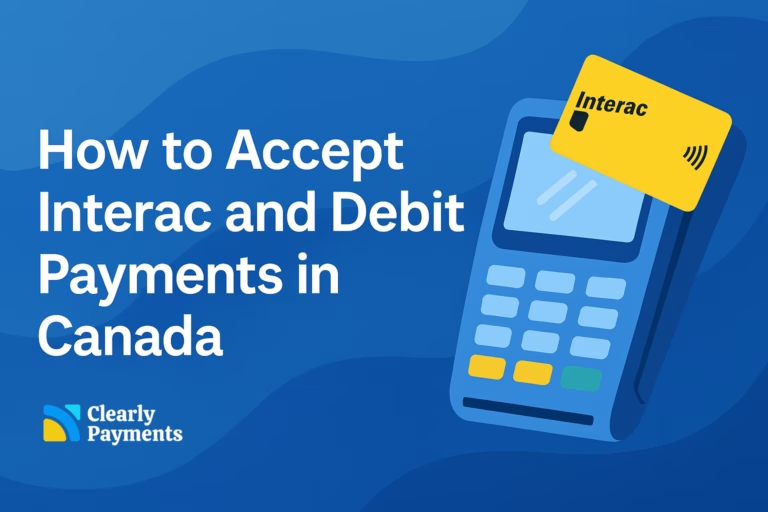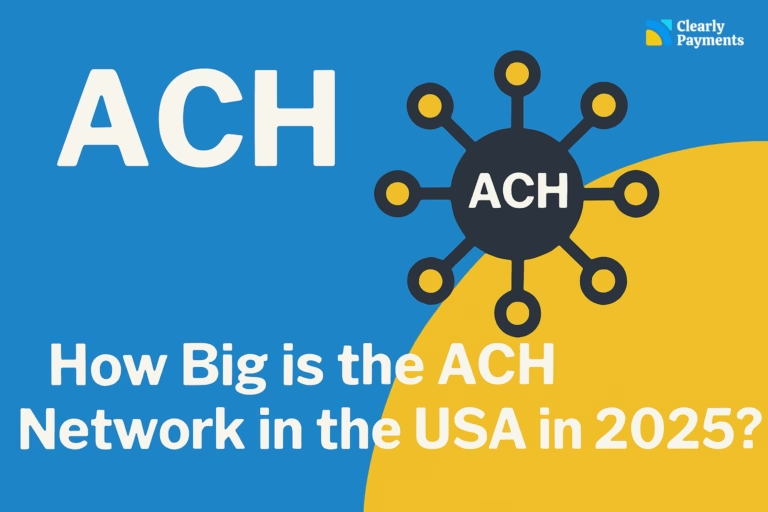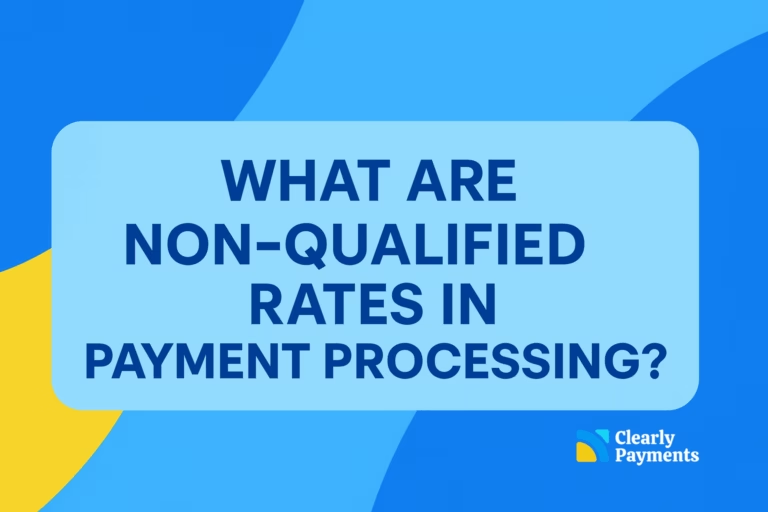Type of Credit Cards
There are, of course, other credit card networks even though the “big four” are the majority. Cards like JCB and Diners have millions of cards in circulation and credit cards like UnionPay (aka China UnionPay or CUP) are growing.
There are around 3 billion credit cards out there in the world, 365 million credit cards in the USA, and 75 million in Canada. That’s a big market. In fact, the average North American has over 3 credit cards in their wallet. In the end, to accept any credit card, you need a merchant account if you are processing more than $100,000 per year.
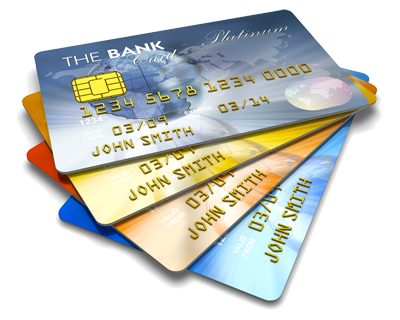
8 steps to get a merchant account and accept credit cards
These are the steps you are going to go through as a merchant to accept credit cards, whether you are switching providers or setting up for the first time.
1.
Create a shortlist of payment processors
2.
Contact the payment processors
3.
Double check they have the right products
4.
Get a rate quote
The conversation will quickly move to pricing. If you already have a merchant account, they may do a rate comparison. If you don’t already have a merchant account, you should ask what your effective rate is. Key questions to ask: is there a cancellation fee, am I locked into a contract, and what happens with my data if I change?
5.
Compare the shortlist of processors
6.
Fill out the application
7.
Receive your online tool
8.
Receive your payment terminals
Merchant account fees and how they work
If you already have a merchant account and you want to know your fees, the best way is to check your effective rate. Just take the total fees you have been charged and divide that by the total dollar volume of credit card sales. That’s the best way to do a rate comparison – if you’re shopping around for a new merchant account, find out what fees, and the effective rate, you would have been charged with the same volume, card types, etc on the new provider.
Interchange fees
Interchange is the rate that credit card networks (i.e. Visa, Discover, etc) charge as a fee to use their network. These are non-negotiable costs that are publicly announced. As an example,Visa, Discover, and MasterCard charge approximately 1.5% to 2.5% of the credit card sale amount.
AMEX generally charges 2.5% to 3.5%. In general, the fancier the credit card, the higher the percentage fee. So, those travel rewards cards are on the more expensive side for merchants. You can view the exact interchange rates (fees) by card type on the following documents:
Risk & Compliance
Risk is a common term used in the credit card industry. Some industries are considered higher risk than others, for example gas stations are considered low risk and furniture stores are considered high risk. This is based on historical processing data, the amount of chargebacks, and amount of fraud. It is more difficult to get a merchant account in high risk industries.
Risk & Compliance
Merchant account providers are financially responsible for merchant losses. This is why risk is an important consideration. Merchant account providers assess a merchant through a process called underwriting to determine the risk level. The underwriting process takes into consideration the age of the business, historical financials of the merchant, the industry they are in, etc.
A merchant account provider has a few ways to reduce their risk when providing a merchant account to “riskier” merchants. First, there may simply be higher fees, second, there may be a reserve. A reserve is an amount of dollars kept on hold for a certain time period. For example, it may be structured that 20% of all credit card sales are held for 4 months.
When a company in a high risk industry gets a merchant account, the fees are generally higher due to the risk.
PCI Compliance
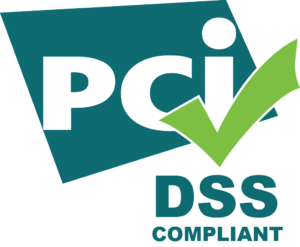 If you are handling credit card numbers, you do need to care about PCI. PCI is a standard set by an organization that exists to ensure security in the payment card industry (PCI). These standards are for all companies involved with credit cards, including merchants.
If you are handling credit card numbers, you do need to care about PCI. PCI is a standard set by an organization that exists to ensure security in the payment card industry (PCI). These standards are for all companies involved with credit cards, including merchants.
There are a number of standards set by PCI, however it essentially means that all merchants 1) need to remain compliant – at the most basic level, complete a Self Assessment Questionnaire (SAQ) annually, 2) merchants cannot store the 3 or 4 digit security code or PIN, and 3) if credit card data is being passed or stored by merchants, they need to meet security levels.
What are chargebacks?
Chargebacks are a hot topic in the industry. It is a feature of credit cards used to protect consumers. Consumers have 6 months after the purchase to dispute a charge. If a consumer disputes a charge on their credit card, those funds are removed from the merchants bank account. Merchants then have to prove that it was a valid purchase before they will see those funds back. That is a chargeback. There is a fee to merchants for chargebacks. Merchants with a history of chargebacks are considered higher risk. For a merchant, chargebacks are bad.
What is a personal guarantee?
A personal guarantee is quite common in the industry. It is a way to align the risk between the merchant account provider and the business owner. This ensures that both parties have an incentive to deliver on the products and services sold by the merchant.




